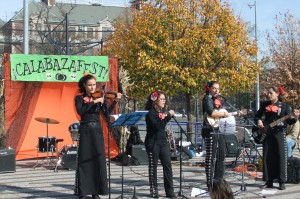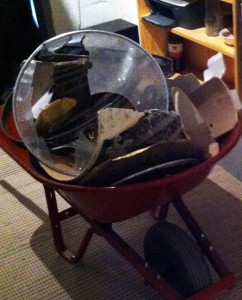A month ago, I asked New Yorkers what they thought of the new bike lane on Prospect Park West. While the sample size is small, the survey mostly confirmed my assumptions. Cyclists and pedestrians were likely to favor the bike lane for creating safer conditions on PPW; they were also likely to downplay the vehicular congestion caused by dedicating a third of the road to cyclists. Motorists, meanwhile, played up traffic and parking issues, and in some cases played down the safety advantages of the dedicated bike lane. So, each for his own! Should it be any other way?
Let’s break down the results:
Respondent Joe Hochberg identified himself as a cyclist, but says that he also drives on PPW. He disagreed strongly with the assertion that “the Prospect Park West bike lane has exacerbated traffic congestion.” It seems obvious to me that, whatever the merits, narrowing PPW has slowed traffic, and created bottlenecks when someone starts to park. But then again, I asked!
Of the four motorists who responded, three saw some safety benefit to the bike lane, yet three gave the bike lane the lowest possible overall rating—that indicates to me that the motorist may not like the bike lanes, but they can accept the argument for it. I thought it was interesting that one of the motorist’s named Lisa proposed requiring cyclists to stop at traffic lights. I wonder if that would ease congestion, or simply represent a more equitable way of sharing the road?
Pedestrians were almost entirely positive on the bike lane, but for the most part seem unable to see the question from the motorist’s perspective. Of the pedestrian respondents, only Andrew Newman acknowledged that the bike lane was increasing congestion.
By all means, let’s continue the discussion in the comments.





